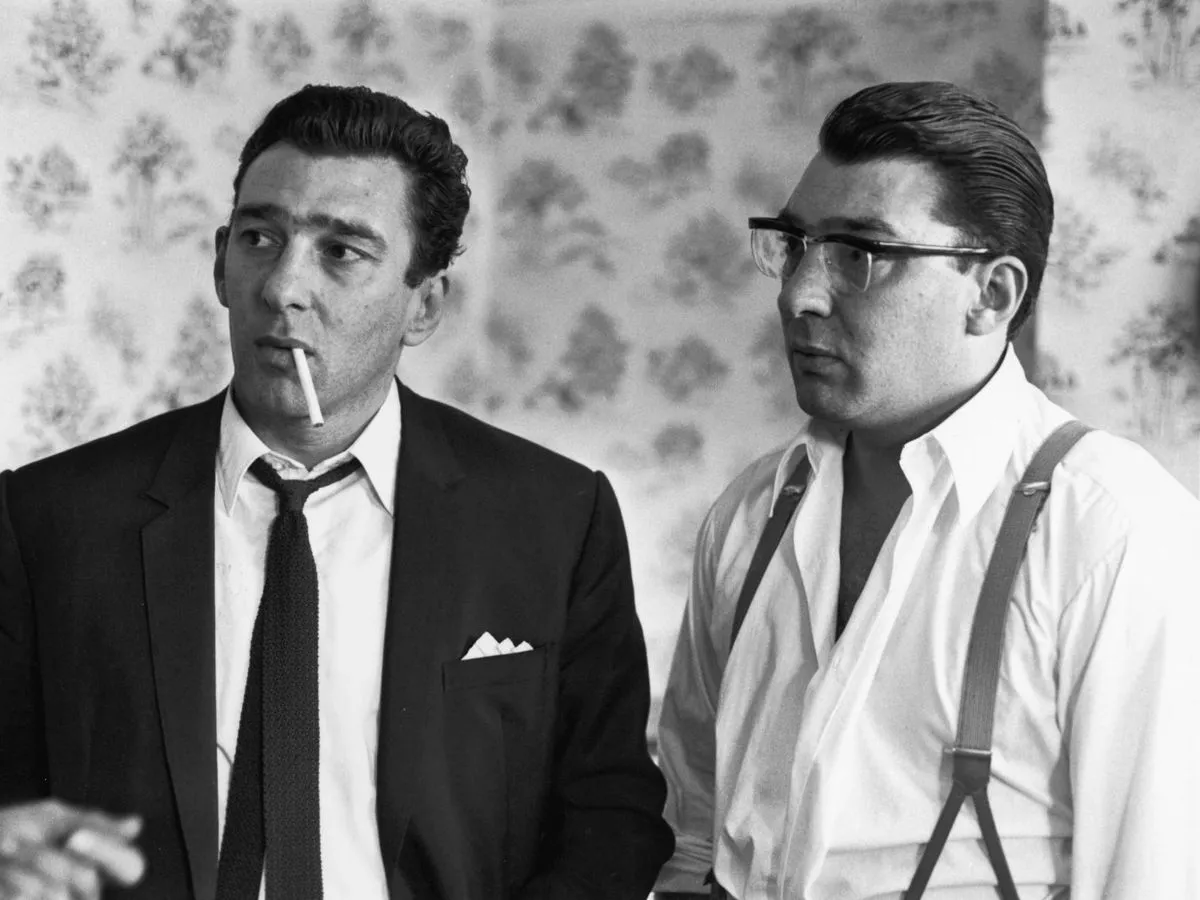Copyright brisbanetimes

Deans said when the census was carried out, 12 per cent of people in the mining industry reported working zero hours the previous week, compared with 6.5 per cent for people in other industries. But on the flipside, 33 per cent of those in mining reported more than 80 hours worked. Professor Brian Evans, from the energy and chemical engineering school at Curtin University’s WA School of Mines, isn’t surprised mining jobs topped the list for hours worked per week. He thinks the 70 hours a week average estimated for a driller’s assistant may under-represent the true amount of time spent on the job. But the pay can be good. “Some of the very nice houses around [high-end Perth suburbs] Dalkeith and Mosman Park are drillers’, let me tell you,” Evans said. Even though standard full-time hours are 38 hours a week only two occupations out of 917 reported full-time hours lower than that benchmark – library technicians (37.7 hours) and library assistants (37.9). Other workers with relatively short full-time hours were preschool aides (38.5 hours), archivists (38.6), air traffic controllers (39.1) and pharmacy sales assistants (39.1). The national average for full-time hours revealed by the census was more than 5½ hours longer than prescribed by the Fair Work Commission’s national employment standards. Professor John Buchanan, a workplace expert at Sydney University Business School, said that gap suggested many Australian workers are doing a significant amount of unpaid work. “You’ve got to remember the standard is 38 hours, so we’re talking about an extra half a day each week, or more, for all employees,” he said. “Employers have really benefited from the commitment of workers to get the job done.” Buchanan said the proportion of workers who receive overtime payments for every extra hour worked has declined steadily during the past three decades. “What you are witnessing in these statistics is the end point of a 30-year employer campaign for hours flexibility, and the result is workers often doing many hours each week for which they are not paid extra overtime pay,” he said. The number of full-time workers in Australia topped 10 million for the first time late last year and now stands about 10.1 million. The share of female full-time workers has risen steadily over the past decade: in July 2015 women made up 33 per cent of full-time employees in Australia, but by July 2025, had reached 40 per cent. The census shows full-time men worked an average of 44.6 hours a week, while full-time women averaged 42.1 hours. One reason men do more full-time hours on average than women is that most occupations with very long hours are male-dominated; of the top 50 jobs that work the longest full-time hours, 47 had more males than females. The three female-dominated jobs among the top 50 for full-time work hours were obstetricians and gynaecologists (64.6 per cent female) school principals (64.1 per cent) and boarding kennel and cattery operators (63 per cent female). Average full-time paid hours do not tell the full story about all the labour done by men and women – separate ABS figures show women, on average, spend about eight hours more per week doing unpaid work than men, including housework and childcare. About one in four men who work full-time reported doing no housework during census week, compared with about one in six women who work full-time. Meanwhile, about 21 per cent of female full-timers did more than 15 hours of housework compared with 10 per cent of men. The latest ABS data shows almost 950,000 Australians work second jobs, many of them part-time. But the census question on hours worked is worded so that hours worked across all someone’s occupations get collapsed into their primary job. Deans said the census is held in August because it is a relatively “standard time of the year” for households and avoids breaks such as school holidays. But she acknowledges that it doesn’t “play out” for all industries and occupations. “A lot of agricultural jobs have high times and low times, for people working in grape picking I wouldn’t think August is a peak time for them,” she said. But ski instructors are likely to be working more hours during winter when the census was carried out, for example. - With Dominique Tassell and Cameron Myles



